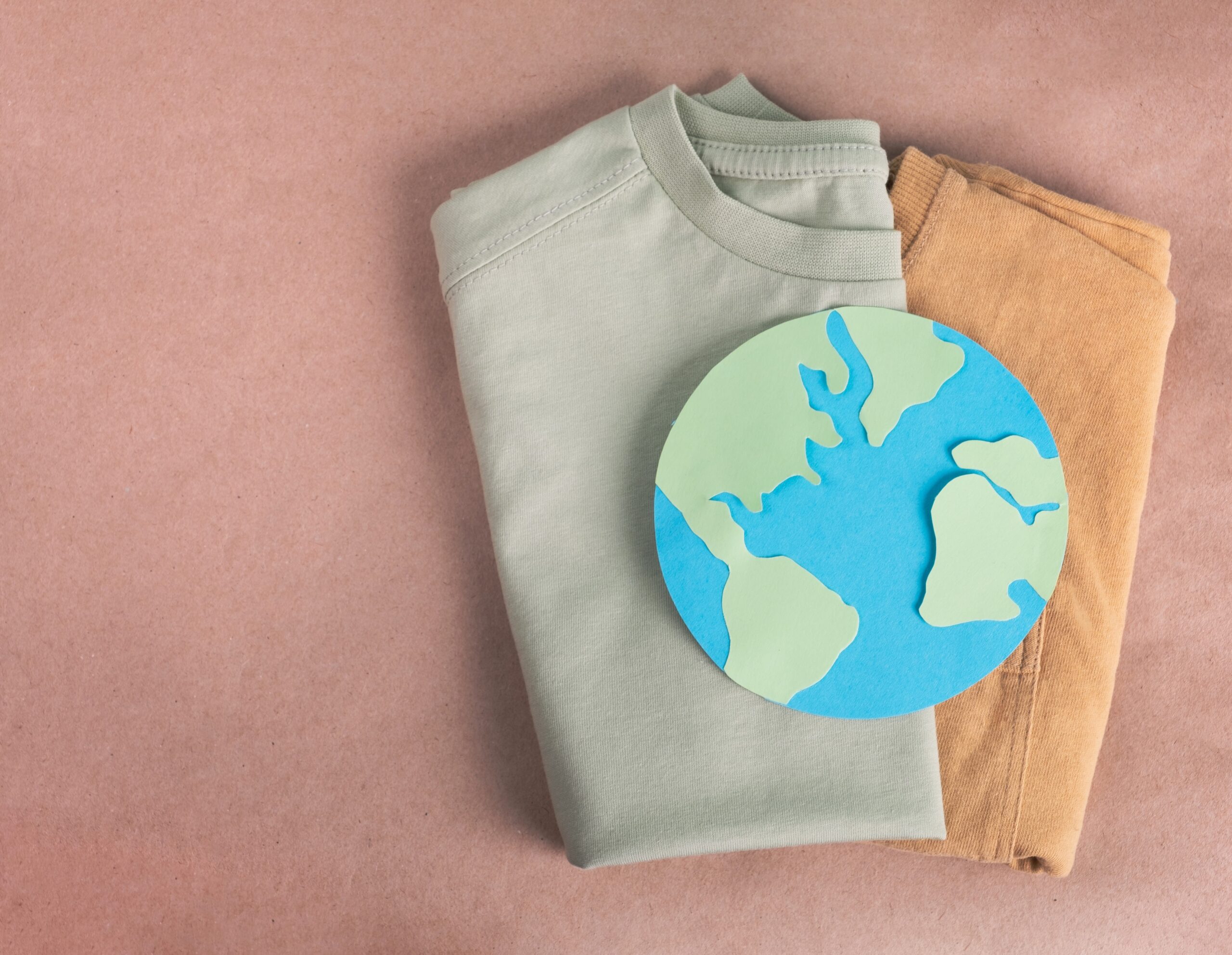We have always worn clothes, but the way we are producing them today has drastically inscreased in the last few year.
Every year 410 million[1] of clothes are produced. We, have actually produced enough to dress the whole world until 2100 whereas we are wearing only 30%[2] of the clothes we buy. Unfortunately, we are throwing away the equivalent
of a dumpster of textiles every second in the world.
[1] Nature Climate Change
[2] Fashion revolution
But how can we explain this behaviour ?

1. European consumes on average 26kg of textile per person per year[3]
Most of the pressures and impacts related to the consumption of clothing, footwear and household textiles in Europe occur in other regions of the world, where the majority of production takes place. Reports the European Environment Agency.
Many factors can explain this overconsumption :
1. The planned obsolescence of textiles
which encourage the consumer to buy clothes constantly.
2. Falling clothing prices in recent decades:
in fifty years the price of apparel and footwear
have increased much less than the average consumer price.
It means that clothes are relatively less and less expensive.
3. The renewal of collections rose:
erstwhile, the fashion house used to follow
a seasonal rhythm: spring-summer, autumn-winter.
Fashion went from 2 collections per year
to more than 10 collections.
And on the top of the podium we find Shein,
which produce in one week clothes for a ridiculous price,
using social media such as TikTok and discount
to always push the consumer to buy more and more.
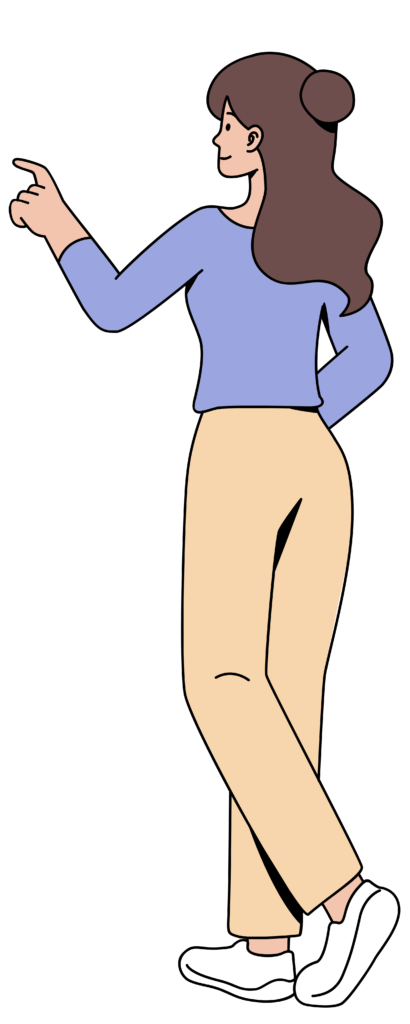
[3] https://www.eea.europa.eu/publications/textiles-in-europes-circular-economy
2. Absolute obsolescence and relative obsolescence
Obsolescence can be defined as a decrease of the average use value. The end of life can be due to : Technical reasons: absolute obsolescence refers to a state where a product become completely unusable, or premature for psychological, economical, technical reasons: relative obsolescence refers to a situation where product loses its competitive advantage or perceived value compared to others products available in the market.
The lifetime of a product is therefore related to:
Thus, specialists have introduced several focus points for “durability” : physical, use and even emotional.

Yes, what is the function of my pullover? Just to keep me from the cold? Or also because I think I look sharp in it? Or maybe just because my grandmother knitted it for me, and even If I think it is not my nicest one, I do like it for this only reason!
3. Sustainability challenges for Apparel & Footwear brands
5 crucial points can identified that every brand must consider when embarking on the path towards greater product sustainability. These factors will leave no doubt about the significance of embracing this way.
In the next section, let’s dive deeper into the practice of eco-design, or how it can be one of the key answers to product sustainability.
4. Eco-design & Durability
As the Institut Français du Textile et de l’Habillement quotes:
“The durability of clothing is a key issue for the environmental transition.”
Apparels being consumer goods, the responsibility of the textile industry in terms of durability is shared between producers and consumers.
A study carried-out by the Nottingham Trent University[4] in the UK noted:
“The best opportunity within the clothing lifecycle to increase longevity is at the product design stage, where changes to design practices can have a significant impact on how long individual items remain wearable. This study provides top 5 solutions for extending longevity in each product category”.
[4] https://wrap.org.uk/resources/report/design-extending-clothing-life
It says that the 4 fundamental areas for keeping clothes longer at the production stage are:

- Size and fit – one of the primary reasons for discarding undamaged items is that they no longer fit. By designing clothes that can be easily adjusted to allow for reasonable variations in an individual’s shape, designers can help increase longevity.
- Fabric quality – higher quality fabrics are more likely to withstand wear and tear over a prolonged period. Clearly, the nature of that wear and tear depends on how the item is worn; there are different expectations of childrenswear and occasionwear. But even within these different categories, fabric quality can significantly impact how well an item endures.
- Colours and styles – while there will always be a higher turnover of fashion items, designers can help extend the longevity of many garments by using ‘classic’ or timeless styles and colours, that are less likely to go out of fashion.
- Care – longevity is directly affected by how garments are cared for. Designers and retailers have an opportunity to influence this by ensuring consumers are given appropriate advice on care and opportunities for reuse and recycling.

5. Environmental Labeling : how to compare products with different lifespan ?
Environmental labeling involves providing consumers with information on the environmental impact of the products they purchase. To calculate the environmental score of a product, suitable methodologies are selected. PEFTrust, for example, follows the European Product Environmental Footprint methodology, which is based on the same standards of the LCA (ISO 14040 and ISO 14044). The environmental impacts are calculated all along the different stages of a product life cycle.
For example, for a t-shirt, 7 phases can be considered :
1. Raw Materials
2. Fabric Production
3. Confection
4. Distribution – Warehouse
5. Retail
6. Use Phase
7. End of Life

To include the use phase of a product in the system boundaries means to include in the evaluation all the consumables necessary to provide the service the product is declared for (such as water, energy, chemical products, repairing products, etc) … to keep what is called in LCA “the functional unit” (the service expected from the product).
As the lifespan of a product increases, so does the range of impacts that need to be considered within the assessment system. It’s crucial to understand that a product’s environmental impact is not solely determined by its durability. That’s why each of the seven phases plays a vital role in comprehensive assessment.
If rarely an issue while comparing one-shot products such as food and beverage, this basis becomes unfair for a building product, a vehicle or a garment that lasts overtime.
When conducting a comparative LCA, the functional unit could include the number of times the service is provided or a defined lifespan, and an objective comparison must be of 1 product to an adapted quantity of a comparative product of more or less durability to provide an equivalent service.
6. What does the Product Environmental Footprint* says about durability ?
*The PEF is a specific LCA method, recommended by the European Union, which enables precise calculation of the environmental impact of products, considering 16 impact categories
| What? | To provide an apparel or footwear product to meet consumer’s needs (defined per sub-category). |
| How much? | One apparel product, one pair of socks or one pair of footwear as defind by the bill of materials. |
| How well? | Wear in good condition with appropriate use for the given product (defined per sub-category) |
| How long? | One use which include aspects such as duration of service, or lifetime, care cycles per lifetime and quality (defined per sub-category) |
The general rule in the European PEF -covering all kind of consumer products, is just to take into account the duration of the product in the functional unit and not just the production phase.
To base an environmental, claim on a Product Category Rules are a requirement for environmental labelling in compliance with ISO 14026 standard.
The PEFCRs, which are « Product Category Rules » in the scope of the PEF for a specific category of products, are precise in detail for the different parameters to estimate the lifetime of a product.
7. How does the Apparel&Footwear PEFCR V1.3 consider the durability of a product?
The PEFCR Apparel & Footwear V1.3 define a “number of wears” per product category. As an example of the PEFCR assumptions, a shirt is worn 45 times and a coat 100 times.
This duration of life can be reduced or increased for each product with a coefficient defined in the PEFCR, which considers the quality, the repairability and potential reuse. This extended lifetime will influence the impacts of the use phase, like the number of washes, dyeing and ironing, as well as the consideration of additional raw material in the life cycle in the case of repairing.
8. Variation of duration and related score
There are precise rules defined in the PEFCR for each product category to determine a coefficient of repairability and of durability. The final multiplier obtained which is applied to the number of wears results from two multipliers: the quality multiplier and the repairability multiplier.
These coefficients aim to adjust the assumption of the number of wears to a more realistic situation. Rules are defined to justify these multipliers, based on criteria such as for quality the pilling resistance, fabric bursting, dimensional stability, appearance ….and for repairability, repair documentation, repair service, price of repair and repair warranty period.

So, is it significant enough between two similar products when the duration factor is different?
To verify this, we made with our tool PEFtrust® a simulation between two different simple apparel chosen from the list of representative products defined in the PEFCR. In fact, it is the same T-shirt, but with two different assumptions regarding the lifespan:
Different score for a T-shirt, depending on its durability
| Case 1 (minimum) | Case 2 (average) | Case 3 (optimum) | |
| Number of wear (reference product) | 70 | 70 | 70 |
| Quality multiplier | 0,67 | 1 | 1,45 |
| Repairability multiplier | 1 | 1 | 1,15 |
| Number of wears (adjusted) | 30,15 | 45 | 75.0375 |
| PEF scor / days of worn | 39 upts | 28 upts | 20 upts |
As we can see from the diagrams below, the score is directly correlated with the intrinsic quality of the product, whereas the repairability has a lower influence. Rembember that the lower the PEF score, the lower the environmental impact of the product.
Comparison of the effect of these two indicators
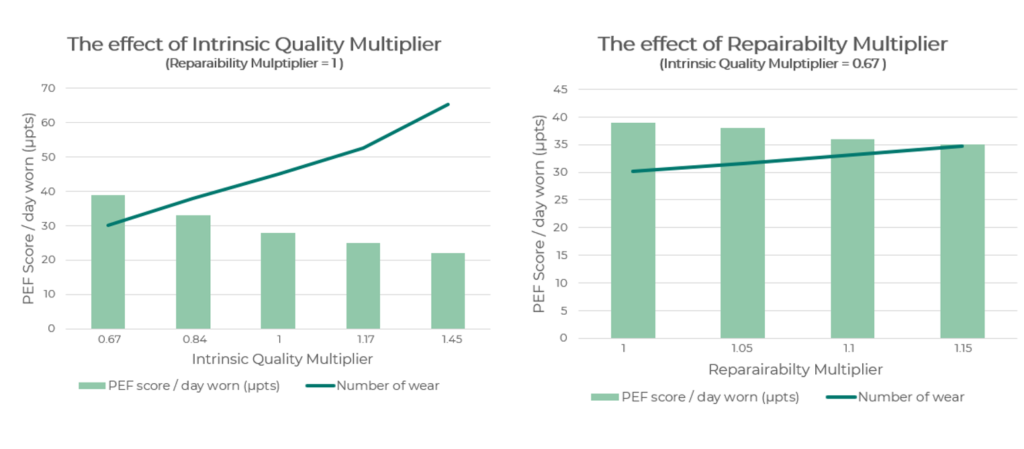
The graphs demonstrate a clear relationship between the quality coefficient and the PEF score, showing that as the former increases, the latter decreases, indicating a more environmentally friendly product. Likewise, a higher repairability criterion results in a lower PEF score, indicating a reduced product impact.
9. As brand, how can I meet the demand of sustainability ?
One of the main steps, of course, is to calculate the environmental footprint of your products’ use phase using a specific LCA method such as PEF, as described in the paragraphs above, to understand where improvement can be made. But it’s not the only action to be taken, and it’s not enough on its own: adopting a sustainable approach requires a real strategy.
First, knowledge of your product’s environmental impact must be accompanied by a specific sustainability vision and objectives, focusing on aspects such as reducing environmental impact, promoting the circular economy, etc. Don’t forget to establish key performance indicators to track your sustainability progress. And communicate your progress internally and to your customers. Transparent figures to support concrete action!
Then, it’s crucial to seamlessly integrate sustainability across all levels of the organization, encompassing product design, production, logistics and marketing.
Finding more sustainable practices isn’t always easy, and one of the solutions is also COLLABORATION work with suppliers, greentechs partners… to find innovative solutions tailored to brands’ needs and ambitions.
The final stage concerns the way in which you address consumers, raising their awareness. They need to be provided with clear, comprehensible information on the environmental performance of products. But also advice on maintenance, repair and recycling.
10. And as a consumer, what can I do to contribute to sustainable fashion?
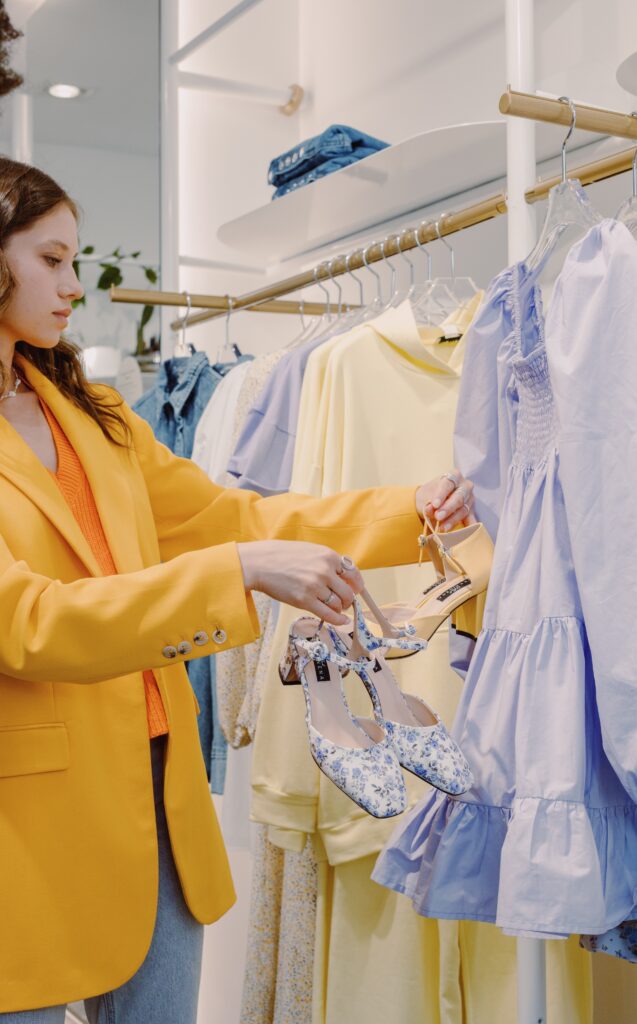
- Take into account environmental labelling and eco-scores – these indicators help you to buy with the environmental impact of products in mind.
This is our mission with our Solution PEFTrust®, to enable a maximum of apparels manufacturers to evaluate a maximum of items easily, all in compliance with the standards and regulations, and to make this information clear to the consumer.
- Read and respect carefully the instructions for the care your clothes – to preserve them from deformation, discoloration, pilling etc.
- Think about all the second life channels or give them to a caritative association – in case you are really tired of your old clothes, or like changing quite often your look, you will spare cash and the planet will thank you.
- And finally, when your clothes are beyond repair and too worn to donate, drop them at a recycling collector.
The earth has no care label
But we need to care for it.
So, will the planet change its look as fast as we do? We hope not. As a positive note, besides all the institutional and corporate efforts to reckon impact and make labelling transparent, we can count on the growing stream of consciousness regarding the link between all the environmental and social issues worldwide and our individual consuming habits. It includes a general trend to go for a reduced quantity and a better quality, which cannot be dissociated from durability.
Would you like more information about calculating the environmental performance of your products?

